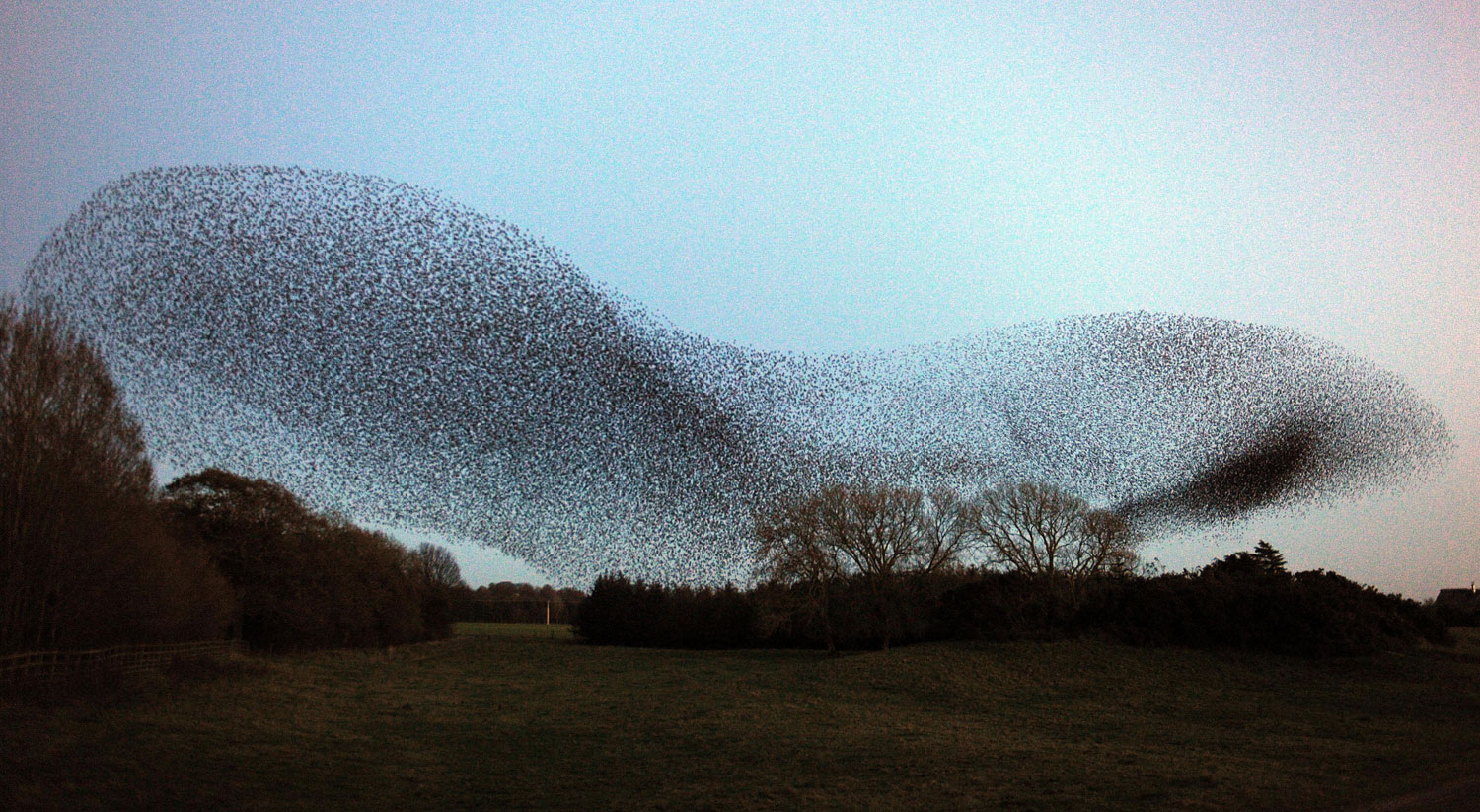
No one knows why they do it. Yet each fall, thousands of starlings dance in the twilight above Gretna, Scotland. The birds gather in magical shape-shifting flocks called murmurations, having migrated in the millions from Russia and Scandinavia to escape winter’s bite. Scientists aren’t sure how they do it, either. Even complex algorithmic models haven’t yet explained the starlings’ acrobatics, which rely on the tiny bird’s quicksilver reaction time of under 100 milliseconds to avoid aerial collisions—and predators—in the giant flock. Despite their show of force in the dusky sky, starlings have declined significantly in the UK in recent years, perhaps because of a drop in nesting sites. The birds still roost in several of Britain’s rural pastures, however, settling down to sleep (and chatter) after the evening’s ballet.
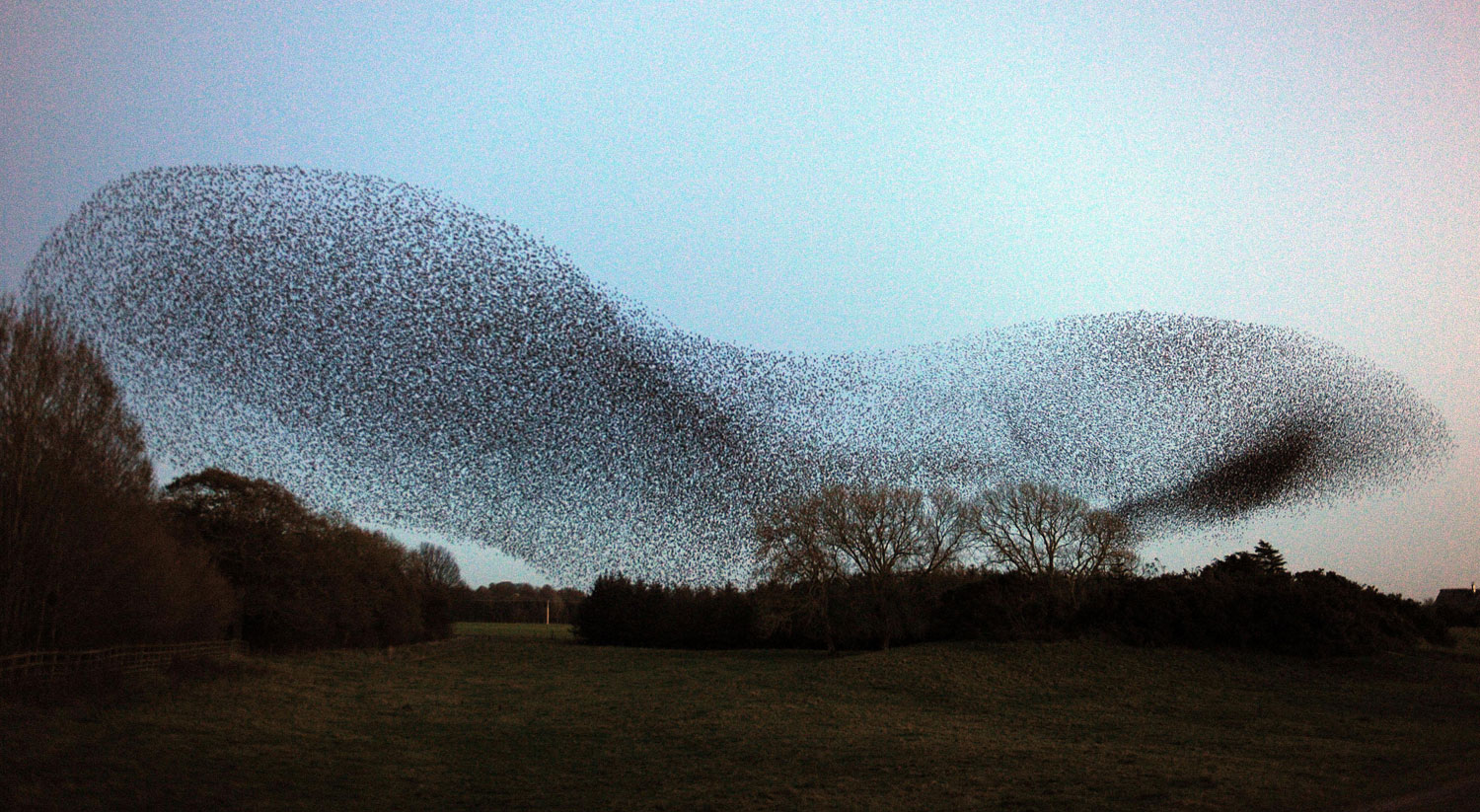
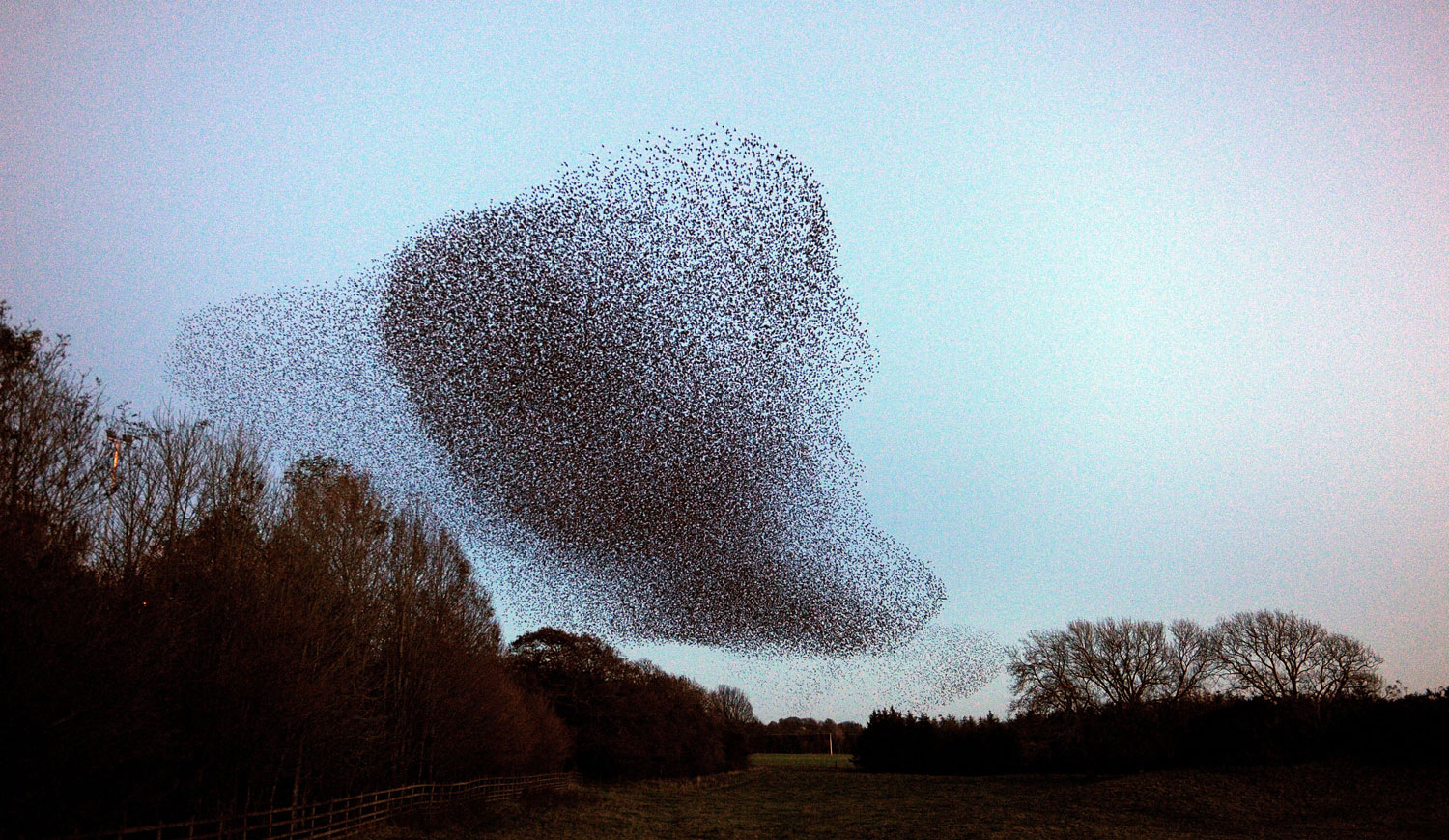
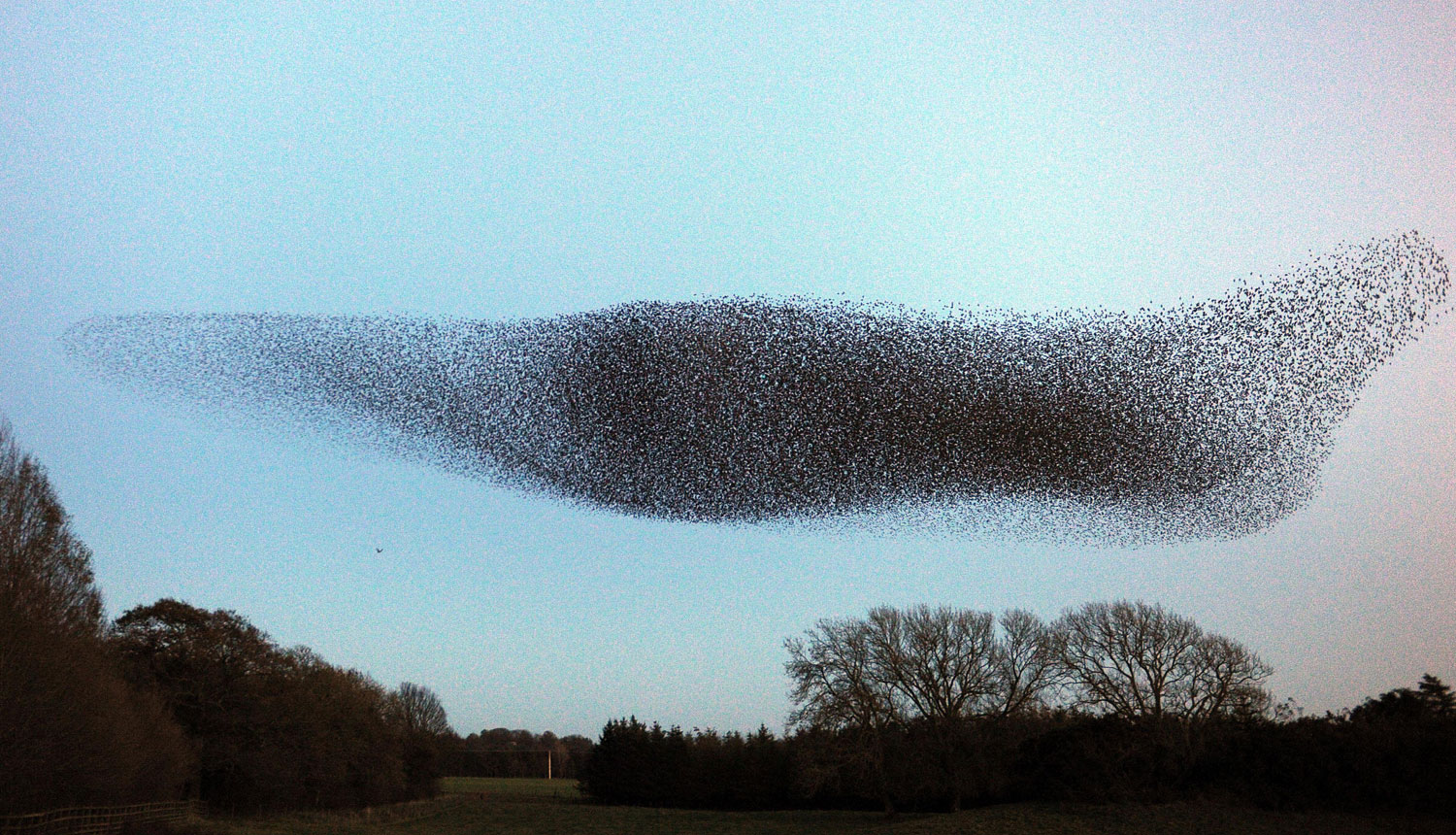
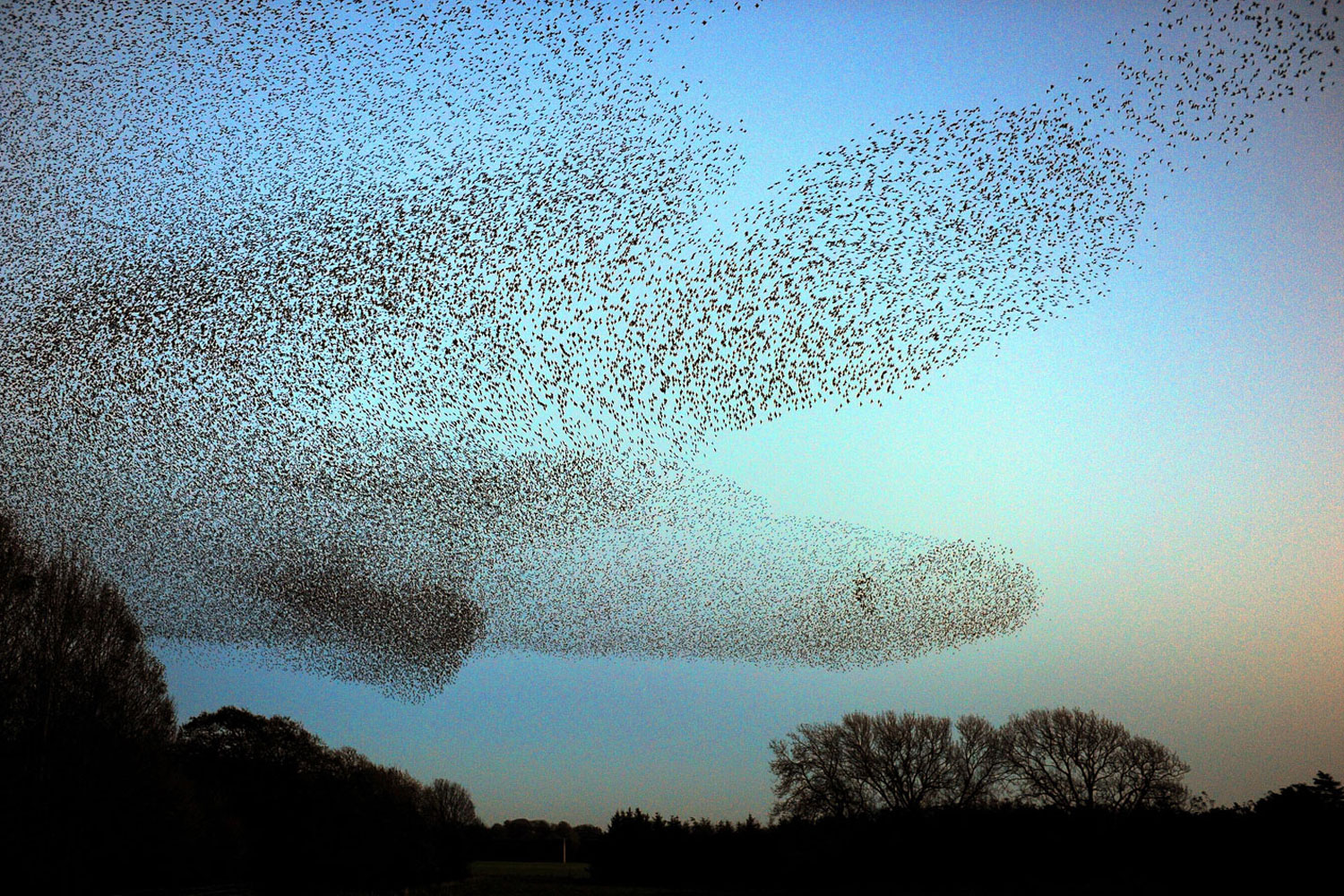
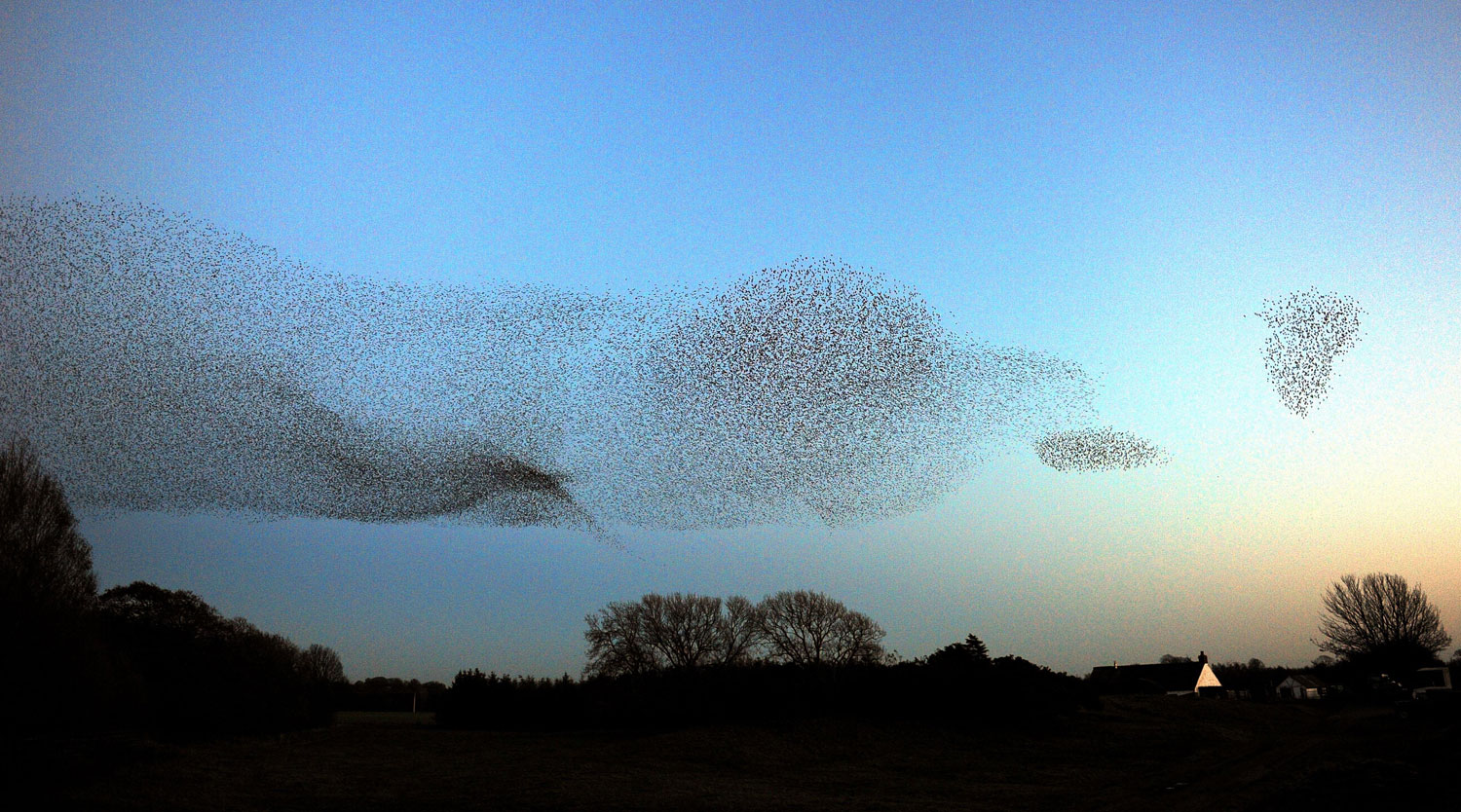

More Must-Reads from TIME
- Donald Trump Is TIME's 2024 Person of the Year
- TIME’s Top 10 Photos of 2024
- Why Gen Z Is Drinking Less
- The Best Movies About Cooking
- Why Is Anxiety Worse at Night?
- A Head-to-Toe Guide to Treating Dry Skin
- Why Street Cats Are Taking Over Urban Neighborhoods
- Column: Jimmy Carter’s Global Legacy Was Moral Clarity
Contact us at letters@time.com